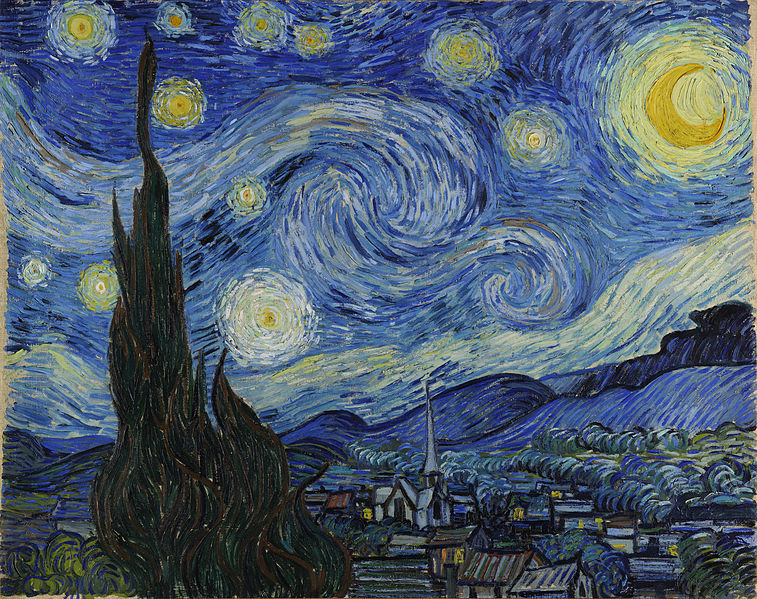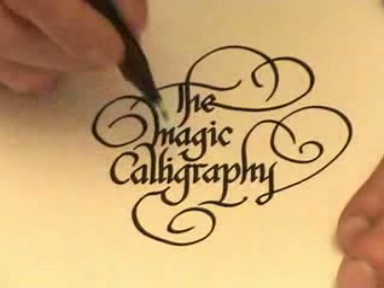Click, Works!!
How many times does it happen that you come across a marvelous picture and go “Wow!”? Some of us laud it and walk past while there is the other kind who pick up the camera and try to emulate the same. But before starting off, let us make one thing clear, Photography is not an easy art or even a hobby for that matter. Anyone can take pictures, but only a select few can make pictures. Speaking of Photography, how could we possibly leave behind The Photographer? He or she is the one who brings out the best, makes an ordinary scene worth a second glance. So for any shutterbug, the following attributes form an eternal part of their culture.
1)Patience: It is a well documented fact that you just don’t get great pictures as soon as you take out your camera. One has to wait, for minutes, hours even, for that one particular shot which is worth all the effort.
2)Opportunity: Photography is also cunning in its own ways. It so happens that you witness something spectacular, but sadly, you left our camera behind. There is nothing more disheartening for a Photographer. Sometimes it can also happen that there’s a wonderful opportunity for a great photo in front of you, but you don’t realize it until much later. A photographer should possess a keen sense of what works.
3)Creativity: Lastly, a pinch of your own ideas. Photography is an art of perspectives. Your view is definitive. So, go out there and get clicking through your eyes.
Now that we have established a chain of command for the proverbial hobby Photographer, let us take a look at the finer elements of Photography, stuff that could make of break your Eureka moment. Buck up fella’s.
The difference between an ordinary photograph and a great one can be established by observing three parameters, namely:-
1) Shutter Speed
2) Aperture
3) ISO
Learn these things by heart because you’ll be using it through out your association with the camera.
SHUTTER SPEED:
It is defined as the amount of time for which the light falls on the screen. It is usually described as fraction of a second or in many cases, seconds. For example, a shutter speed of 1/2000 means 1/2000 th of a second and on the other hand a shutter speed of 5 means 5 seconds. Technically, the shutter speeds which are fractions are called as a fast shutter speeds and the ones which are whole numbers are called as slow shutter speeds. Logically, a slower shutter speed would result in large amount of light falling on the screen and a fast shutter speed would result in less amount of light falling on the screen.
APERTURE:
It defines the extent to which the light falls on the screen. It works similar to the pupil in the eye, regulating the amount of light falling on the screen according to the surrounding conditions. Apertures are often described using F-stop numbers. A smaller F stop number like F3.5 results in a large opening in the lens and as a result, more light on the screen. While, a larger F stop number like F32 results in a narrower opening of the lens and as a result, less amount of light on the screen. Confusing as it may sound, but this is how it works.
Another interesting term is known as Depth-of-Field. This is closely related with the aperture chosen and as a result drastically varies the clarity of the resulting picture. Depth of field is defined as the amount of are in focus laterally. Meaning, the distance from the camera in which the things are in focus. Using a higher aperture or a smaller F stop number results in a shallow DOF and on the other hand, using a narrow aperture or a higher F stop number results in a deeper DOF.
ISO:
Funnily enough, ISO is not a Photographical abbrevation. It merely stands for International Standards. Though it is very much associated with Photography. It defines or rather measures the amount of light needed by the sensor. ISO is usually shown in numbers ranging from 100 onwards doubling at each step, say 200, 400, 800, etc. An ISO 100 means that the surrounding light is excellent and that no external light is needed, whereas an ISO 1600 suggests that the lighting is poor and also that the picture may be underexposed. But as we move up the ISO ranges, a small problem arises. Your picture gets infested with tiny grains, which in jargon is called as “noise”.
There are various other terms which can be discussed at length, but the above mentioned ones are of utmost importance and can be called as the building blocks upon which any good picture is built.
A fair amount of attention must also be diverted to the terms exposure and composition.
Exposure in one word describes the amount of light that your photograph has. A picture with very little light or the lack of light, is called as an underexposed picture. While the picture which has excessive light is called as an overexposed or a burnt picture. A clean and crisp picture stands out in the facet that it has just the right amount of light, neither more, nor less.
Composition could be defined as the way in which one composes or creates the shot. The rule of thirds could be applied here. Split the screen into 9 squares created by dividing the screen into 3 rows and 3 columns. The rule essentially states that better pictures could be created by placing the main object of focus off center. This way, the picture looks dynamic and at the same time draws the attention of the viewer, If the object of interest would be placed at the center, it would seem lifeless(however true :P).
Photography is essentially the art of capturing light, and it is certain that with the adequate understanding of the above concepts and the synergy between them, your pictures are sure to come out much better.



